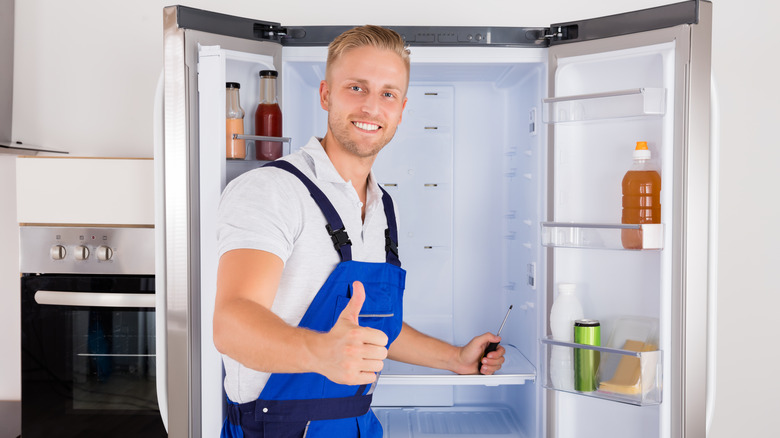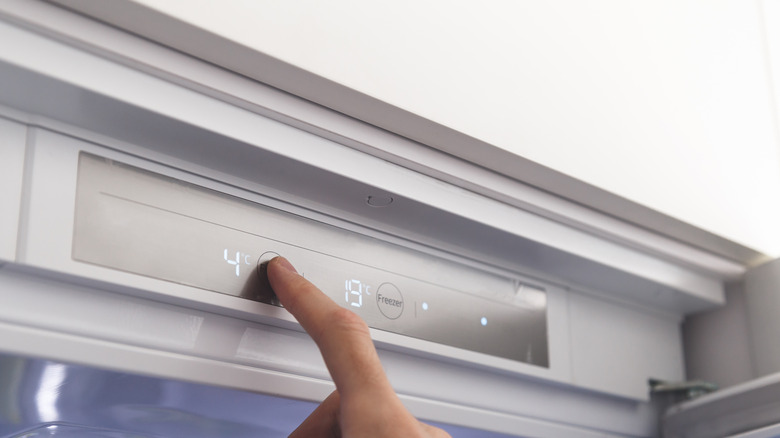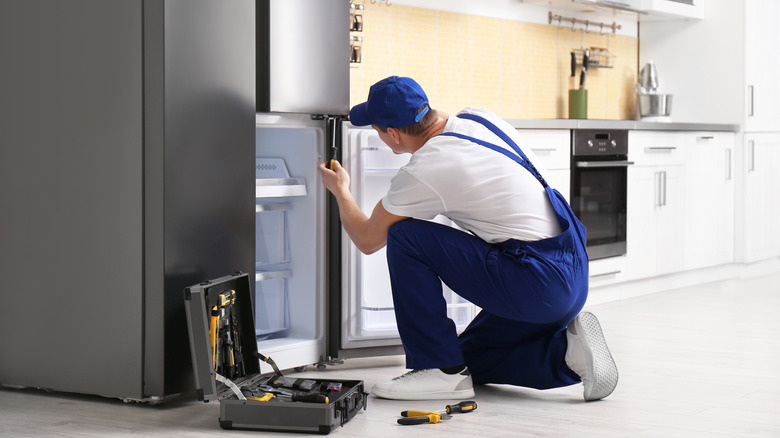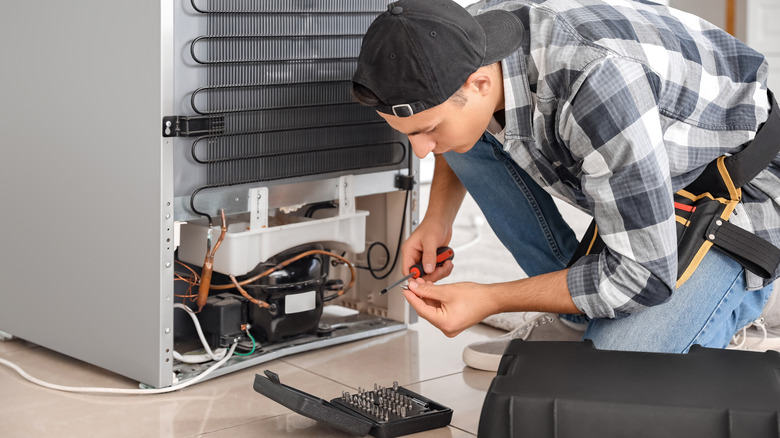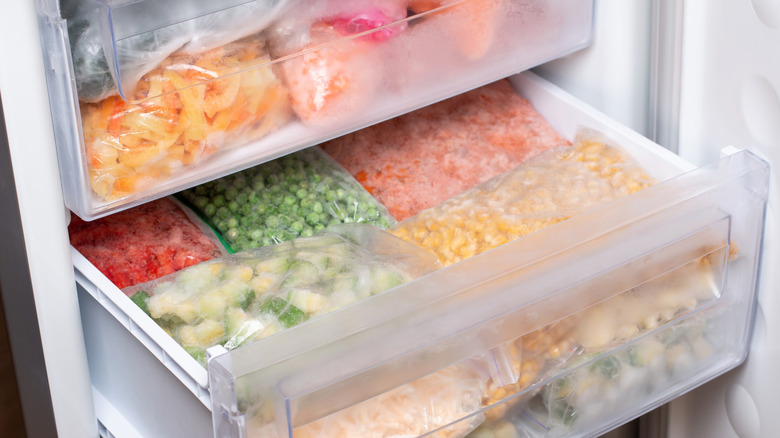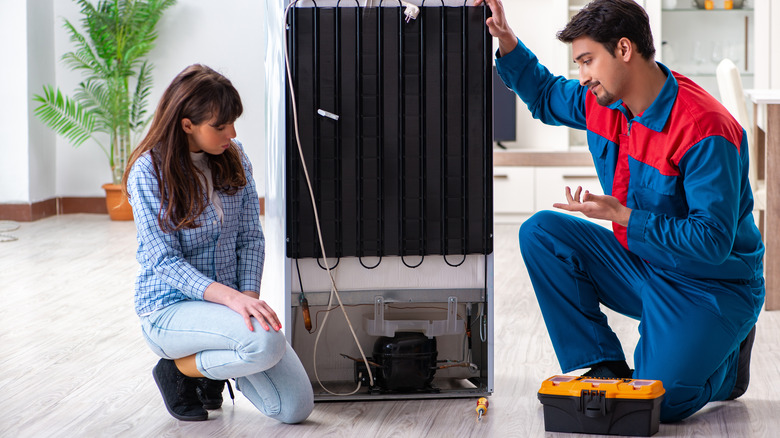5 Reasons Why Your Refrigerator Is Not Getting Cold Enough
Having a refrigerator that is not chilling your drinks defeats the whole purpose of getting the appliance in the first place. Think about opening your refrigerator on a hot summer day only to find your favorite drink warm. While this might be an unpleasant moment, you should realize that this problem goes further than simple inconveniences. According to Speedy Refrigerator Service, the refrigerator provides the perfect breeding ground for molds. The presence of moisture, poor air circulation, and darkness is just the ideal environment for molds, and they will quickly grow when the refrigerator gets warm.
So what do you do when your refrigerator fails to cool? The first order of business is to diagnose the problem. Some of the issues that are ailing your refrigerator can be solved quickly, while others will require the services of a repairman. You shouldn't think of disposing of your refrigerator and buying a new one. At least not yet! Several common problems might cause your refrigerator not to get cold enough; here are the top ones.
1. The temperature is not set right
Whenever your refrigerator is not getting cold enough, the first place you should check is the temperature setting. According to the U.S. Food & Drug Administration, the ideal temperature for a typical refrigerator should be below 40 degrees Fahrenheit, while the freezer should be at 0 degrees Fahrenheit. However, confirm with the user manual of your specific brand to get the recommended temperature settings. There are a few reasons why your refrigerator temperature settings might deviate from the ideal — brushing any object on the digital control panel while stocking or offloading items is often the main reason for this.
Also, if you have small kids running around the house, they might be responsible for changing the temperature setting of your refrigerator either intentionally or by mistake during play. If your refrigerator feels warm despite having accurate readings, you will need to place a refrigerator thermometer inside and take a reading manually. If the result is higher than the recommended, say over 40 degrees Fahrenheit, lower the setting until the thermometer reads the right temperature.
2. Faulty door gasket
The only way to ensure that a refrigerator remains cold is by locking the cold air inside. The magnetic seal, also known as the refrigerator door gasket, provides an airtight seal between the cold refrigeration environment and the warm air outside. A faulty seal allows cold air to escape; therefore, your refrigerator never gets cold enough. Identifying a defective gasket sometimes is not as easy as it seems. While the gasket might physically damage the rubber, it is not easy to tell in other scenarios. However, GE Appliances recommends locking a piece of paper or a dollar bill halfway between the refrigerator door.
If you experience resistance when pulling the dollar bill out, the seal is working just fine; otherwise, you need to consider replacing the gasket seal. Fortunately, replacing the gasket seal is an easy fix that doesn't require the services of a handyman. Shop around for the right gasket according to your refrigerator model. Attaching it to the refrigerator is a breeze. You need to peel off the damaged gasket, clean the area with a cloth, and reattach the new gasket to the groove. Most user manuals also have instructions about how to reattach such refrigerator components.
3. Dirty condenser coils
Essentially, the condenser is responsible for bringing the air inside the refrigerator to the required temperature. Inside the condenser coils is a refrigerant fluid that absorbs heat, condenses, and releases the heat away from the fridge. If left unattended, the condenser coils can get blocked by dirt or spider webs and affect the cooling process. Also, when the condenser is not working optimally, it puts pressure on other electrical components of the appliance, making them consume more energy than necessary, via OHMefficient. Consequently, you get higher utility bills at the end of the month. The good news is that cleaning the grill and the condenser coils is a straightforward process that a regular homeowner can pull off at home.
The first order of business is to switch off the power connection to the refrigerator and locate the condenser. This device is positioned at different locations on the fridge; however, most condensers are either at the bottom or back. You can always countercheck with your user manual. Remove the base grill and use a vacuum cleaner to clear the dirt and debris from the grill and coils. If there is too much dirt, consider cleaning the condenser at least twice a year to keep your refrigerator in tip-top shape and extend its lifespan.
4. Overstocking the refrigerator
Cold air inside the refrigerator must move freely through every inch of the space inside, including the freezer compartment. Putting too many items in the fridge prevents smooth airflow and could cause inconsistent air temperatures. Also, food items might block the air vent inhibiting the airflow inside. You need to be aware of the location of the air vents inside the refrigerator and give them enough clearance to avoid blockage. Depending on the specific brand, the air vents could be located either along the sides or the back of the refrigerator inside wall. Although unknown to many homeowners, refrigerators need to be filled to cool effectively.
On the flip side, overfilling the refrigerator does the exact opposite. So to keep everything working well, you need to find that sweet spot between overstocking and understocking the fridge. According to D & T Appliance Service Company, keeping the refrigerator ¾ stocked is ideal for optimal air circulation and energy consumption. Also, check that the freezer compartment doesn't have frost build-up that might prevent air circulation to other compartments in the refrigerator.
5. The refrigerator is not perfectly level
To begin, it is necessary to establish that a refrigerator needs to be perfectly level for several reasons. First, keeping the fridge leveled will allow the door to seal correctly, preventing the cold air from escaping outside. A new refrigerator might fail the dollar seal test if not placed on balanced flooring. Another reason why it is necessary to level a refrigerator is to facilitate efficient cooling. According to RemoveandReplace, an unleveled fridge compromises the balance needed to circulate the refrigerant fluid. This makes it difficult for the liquid to pass through every corner of the coil, making some parts overheat and possible breakdown over time.
Determining an unleveled refrigerator is generally difficult, especially for the naked eye. You will need to use a carpenter's level and place it at the top of your refrigerator; if the air bubble is not dead at the center, you might need to adjust. Fortunately, most refrigerator legs are easily adjustable using tools like a wrench and pliers. However, if you are unsure how to do it, look at the appliance manual for detailed instructions.
